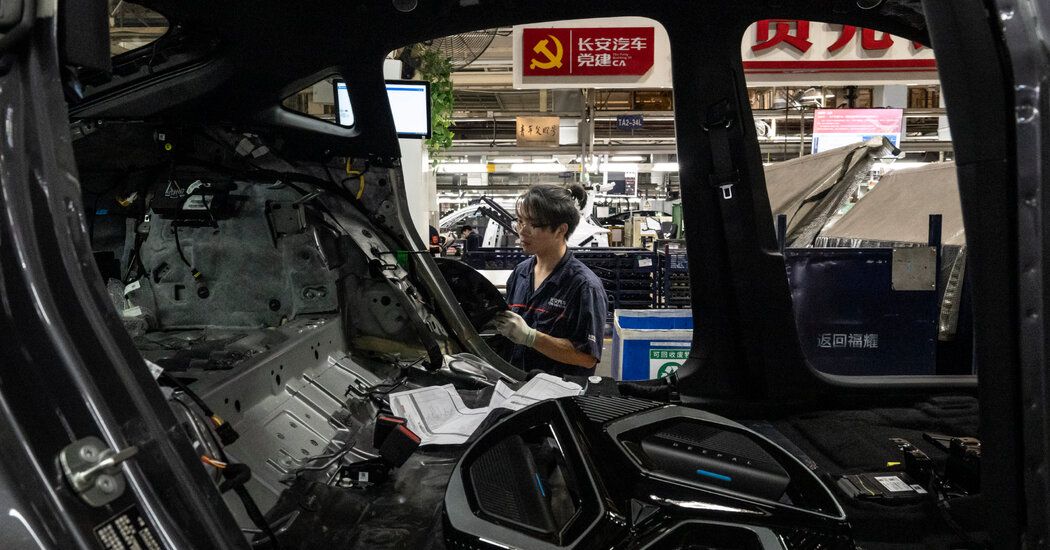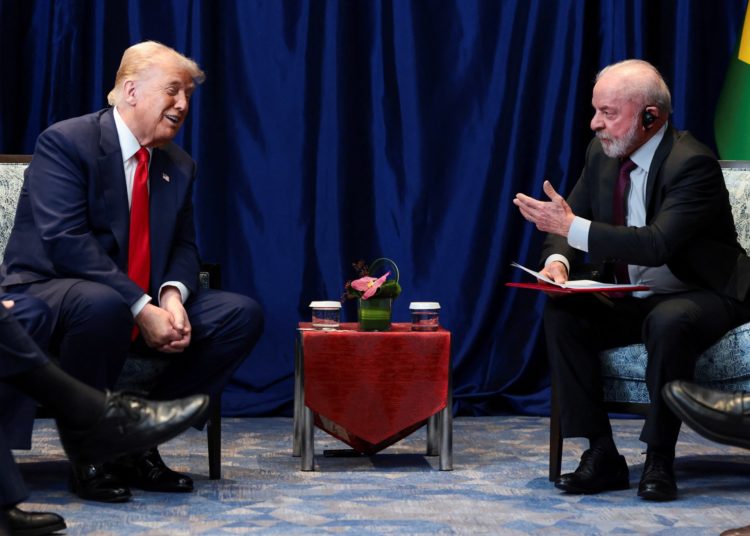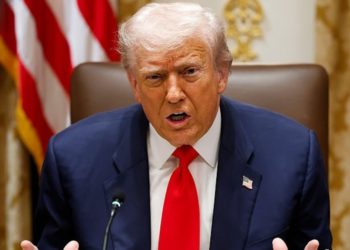For months, companies and officials throughout Asia have been waiting for President Trump to address a question that cuts to the heart of his disruptive plans for global trade.
How will he decide the origin of goods in a world where virtually all the things we buy, from computers and phones to sofas and cars, contain parts that come from different countries?
The answer is central to Mr. Trump’s aim to reduce China’s dominant role as the starting point for many of the world’s manufactured goods.
“It’s a sleeper issue,” said Wendy Cutler, a senior vice president at the Asia Society Policy Institute, a think tank. “People are trying to convince themselves that it is just technical, but if you take a step back, it’s all going to rest on this.”
No other region is more exposed to Mr. Trump’s crackdown than Southeast Asia. Billions of dollars a year in raw materials, machinery and finished goods flow from China through Vietnam, Thailand, Malaysia and other countries across the region.
In Kuala Lumpur, Malaysia, on Sunday, at the start of his nearly weeklong trip to Asia, Mr. Trump announced trade agreements with several Southeast Asian countries. The documents, to varying degrees, acknowledged pass-through trade and tariff evasion, but the announcements did not contain details addressing how he wants to define the nationality of goods.
The determination that the Trump administration makes on the so-called rule of origin could blow up laboriously negotiated agreements. That is because if a product is shipped from one country but does not meet the origin criteria, it will be hit with a hefty special tariff, which Mr. Trump has warned will be 40 percent.
This summer, Mr. Trump, pulling back on his opening salvo of sky-high tariffs in Asia, announced frameworks for most Southeast Asia countries with across-the-board tariffs that settled at 19 or 20 percent.
Mr. Trump’s trade legacy in his first term was to force companies to set up factories outside China. Now, he is trying to cut China out of supply chains. China has moved goods through Southeast Asia to circumvent American tariffs and has been the source of a swell of exports to the region, much of those in machinery and raw materials that regional factories depend on.
Many of the components in the things that are made around the world come from China, from the screws and glue that hold metal and wood together to the minerals in smartphone batteries.
Yet even in Malaysia, where signing a deal with Mr. Trump would be seen as a positive development, there is some hesitancy about the unilateral way that the United States is going about setting new rules for global trade.
Malaysia’s biggest trading partner is China, but one of its biggest industries, semiconductors, depends heavily on the American market, and its exports are at risk with the possibility of separate sector tariffs.
“All we can do is express our concerns — hopefully, they are listening to the confusion,” said Siobhan Das, chief executive of AmCham Malaysia, which represents American companies in Malaysia. “With this trade agreement, what we’re hoping for is that there is clarity and a guideline for how supply chains need to move.”
Trump administration officials have been vocal about setting one rule-of-origin target for the region. They have focused on 30 percent: Any product containing more than that level of foreign parts or content sent to the United States would face the special transshipment tariff. While discussions are fluid, one thing is clear: For much of Southeast Asia, such a low figure would be difficult to meet.
Even if the administration clarifies a final number, for many companies and governments there are many more questions. What counts as foreign content? Does it include foreign investment in a factory? A foreign-branded machine? Foreign workers? In recent years, many factories from China have moved some of their operations to countries like Vietnam but have created local supply chains and employ local workers.
And whose role will it be to police this new content rule?
“You’re talking about creating an entire new policing agency for exports to the U.S.,” said Steve Okun, chief executive of APAC Advisors, a geopolitical consulting firm.
Governments in Southeast Asia are facing a dilemma. Getting clarity on the rule-of-origin number is crucial before signing broader trade agreements. Many of the products they export may not be able to meet the new definition for a local product.
But if they don’t sign something more concrete than the initial trade agreements with the United States soon, they face the threat of the original steep tariffs that Mr. Trump threatened in the spring.
“It’s deeply unsettling from an economic point of view, because if tariffs were to snap back to those original levels, that would be devastating,” said Daniel Kritenbrink, a longtime American diplomatic official in Asia and former ambassador to Vietnam now at the Asia Group, a think tank. “From a broader strategic point of view, these are countries that look to the U.S. as a balance or guarantor for strategic stability in the region.”
The countries will also have to negotiate with Mr. Trump over various sector tariffs under a legal provision in the United States known as Section 232, covering products ranging from semiconductors to machinery, furniture and pharmaceuticals.
All of this will come as Mr. Trump is expected to meet with Xi Jinping, China’s top leader, in South Korea at the end of the week to talk about a host of economic and political issues dividing the world’s superpowers.
“If you’re heavily dependent on China, then you are between a rock and a hard place,” said Deborah Elms, head of trade policy at the Hinrich Foundation, an organization that focuses on trade.
“No matter how much leverage you have, you’re still a lot smaller than the U.S. or China,” she said.
Alexandra Stevenson is the Shanghai bureau chief for The Times, reporting on China’s economy and society.
The post The ‘Sleeper Issue’ at the Heart of Trump’s Trade War on China appeared first on New York Times.




